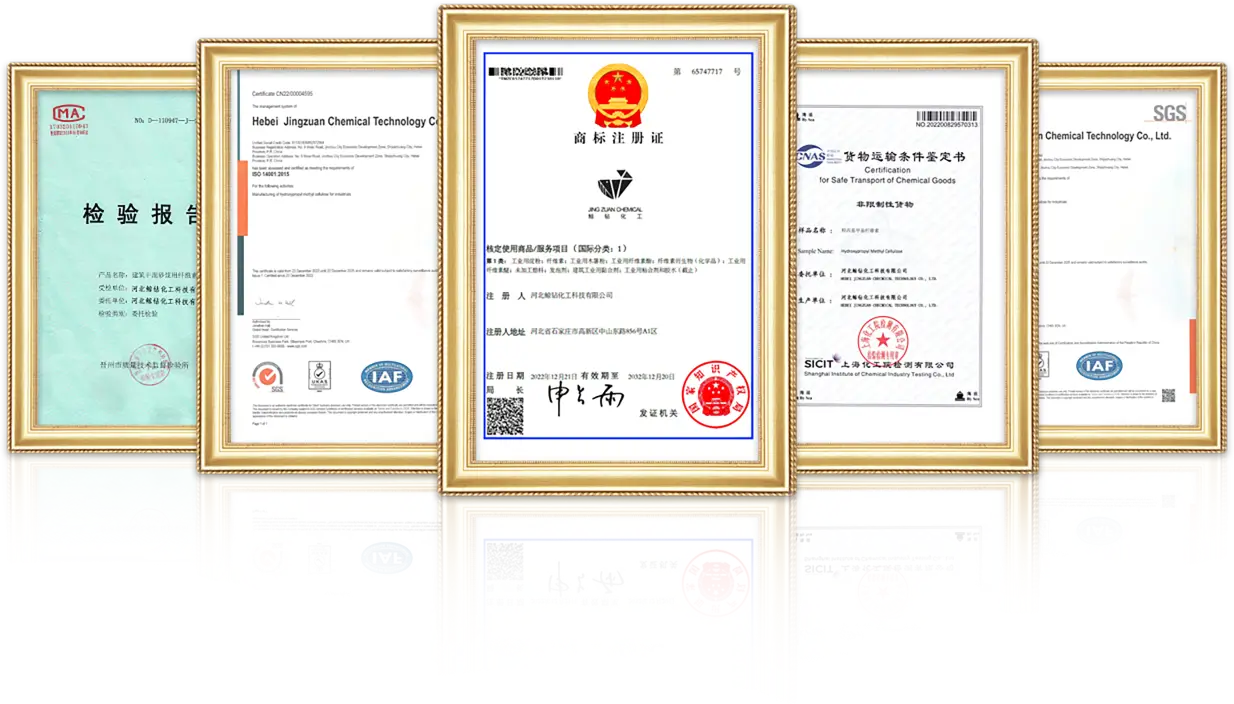
जुलाई . 30, 2024 19:21 Back to list
Exploring the Role of Cement Adhesive Additives in Enhancing Construction Material Performance and Durability
Cement Adhesive Additives Enhancing Performance and Durability
Cement has long been recognized as one of the primary binding agents used in construction. Its applications span from residential buildings to large-scale infrastructure projects. However, the inherent properties of traditional cement can sometimes limit its performance, particularly in terms of adhesion, flexibility, and durability. This is where cement adhesive additives come into play, revolutionizing the construction industry by enhancing the overall performance of cement-based materials.
Understanding Cement Adhesive Additives
Cement adhesive additives are chemical substances added to cement to improve its physical and chemical properties. These additives can be classified into various categories based on their functions and applications. Some of the most common types include polymer-based additives, superplasticizers, retarders, accelerators, and fibers. Each of these additives plays a unique role in optimizing the performance of cement in various construction scenarios.
Benefits of Using Additives
1. Improved Adhesion One of the primary functions of adhesive additives is to enhance the bonding capability of cement to various substrates. This is particularly important in external applications, such as tiling and cladding, where the adhesive must withstand varying weather conditions. Additives such as styrene-butadiene rubber (SBR) Latex or polyvinyl acetate (PVA) improve the flexibility and adhesion properties of cement, ensuring that tiles and other materials remain securely bonded over time.
2. Increased Workability Superplasticizers, a type of cement additive, increase the workability of the cement mix without the need for excess water. By reducing the water-cement ratio, these additives help achieve a more cohesive and workable mixture. This is especially advantageous in complex architectural designs where precise application and formwork are required.
cement adhesive additive

3. Enhanced Durability Cement that incorporates specific additives can exhibit greater resistance to environmental factors such as moisture, chemicals, and temperature fluctuations. For instance, additives designed to enhance resistance to sulfates or chlorides can significantly extend the lifespan of structures exposed to harsh environments, such as bridges and coastal buildings.
4. Regulated Setting Times The use of accelerators or retarders allows for better control over the setting time of cement. This is crucial in situations where specific curing times are necessary, either to keep the project on schedule or to ensure that the cement cures at an appropriate rate to achieve desired strength and durability.
Application in Modern Construction
In modern construction, the application of cement adhesive additives is becoming increasingly prevalent. For example, in tile installation, polymer-modified thin-set mortars are often used to ensure strong adhesion, flexibility, and water resistance. Similarly, concrete repair mortars benefit from additives that enhance adhesion to existing concrete surfaces, ensuring a long-lasting and durable repair.
Additionally, with the growing emphasis on sustainable construction practices, manufacturers are continuously researching new additive technologies to improve the performance of environmentally friendly cement products. These innovations not only enhance the material's properties but also align with the increasing demand for sustainable building materials.
Conclusion
Cement adhesive additives play a crucial role in modern construction, enhancing the properties of cement to meet the demands of diverse applications. By improving adhesion, workability, durability, and regulation of setting times, these additives ensure that structures not only perform well but also withstand the tests of time and nature. As technology continues to evolve, the potential for new and improved additives will likely contribute to even greater advancements in construction practices, leading to safer, stronger, and more sustainable buildings.
-
Why HPMC is a Key Additive in Wall Putty Formulations
NewsAug.05,2025
-
Redispersible Powder in Decorative Renders: Function Meets Finish
NewsAug.05,2025
-
Redispersible Powder for Interior Wall Putty: Smooth Results Every Time
NewsAug.05,2025
-
HPMC’s Water Retention Capacity in Dry Mortar Applications
NewsAug.05,2025
-
HPMC Factory Contributions to Liquid Detergents
NewsAug.05,2025
-
How HPMC Factory Products Change Detergent Textures
NewsAug.05,2025







